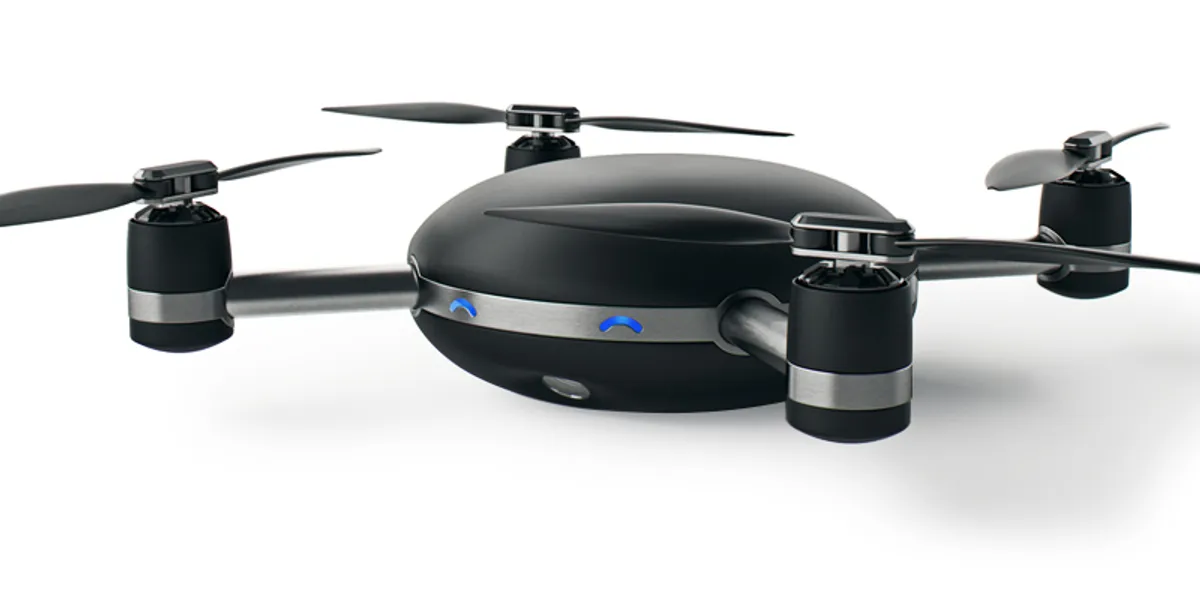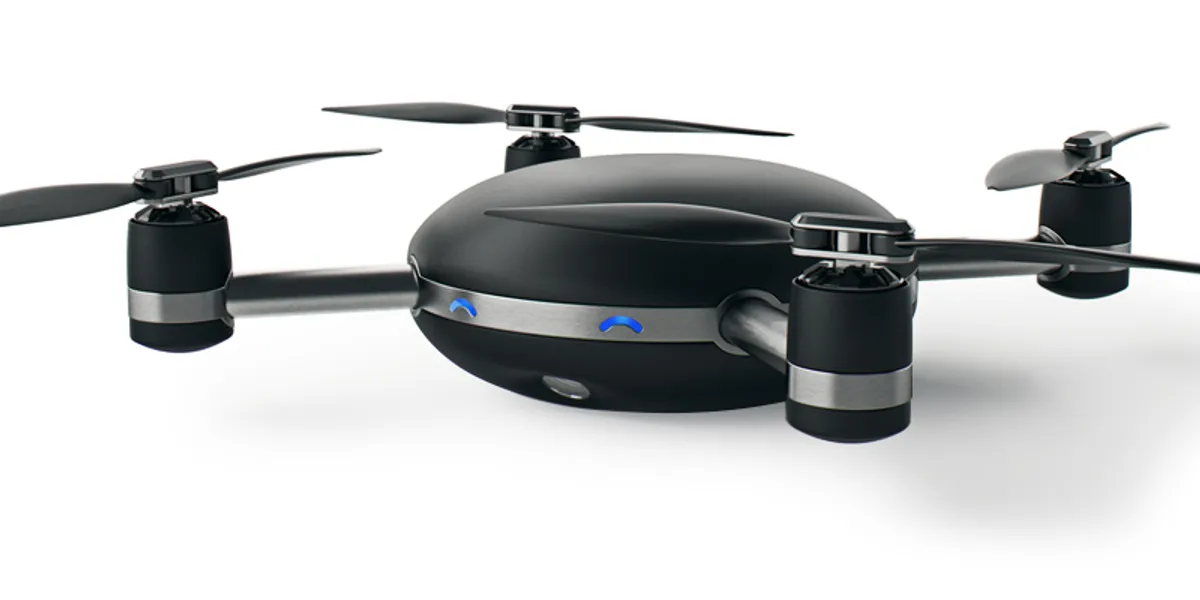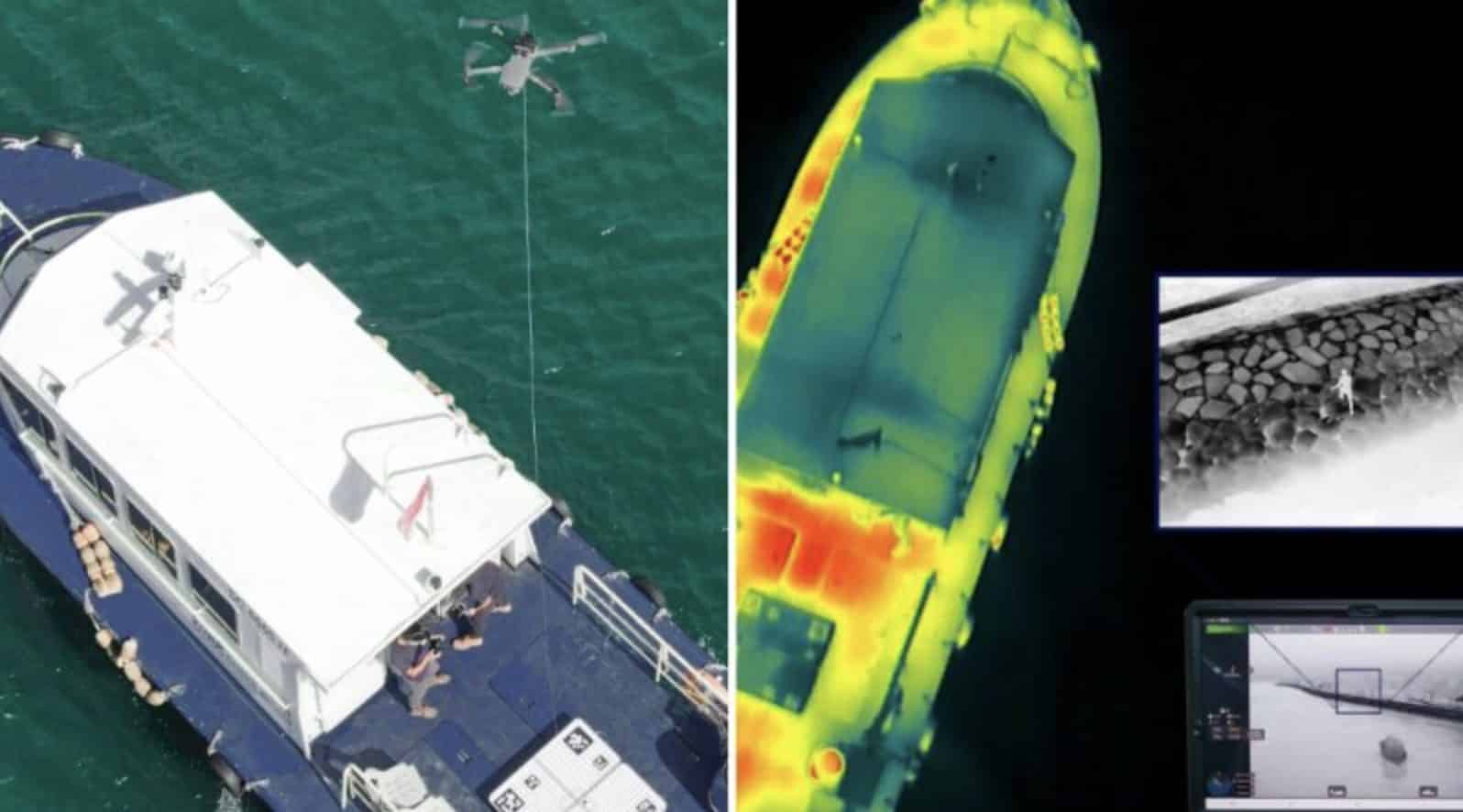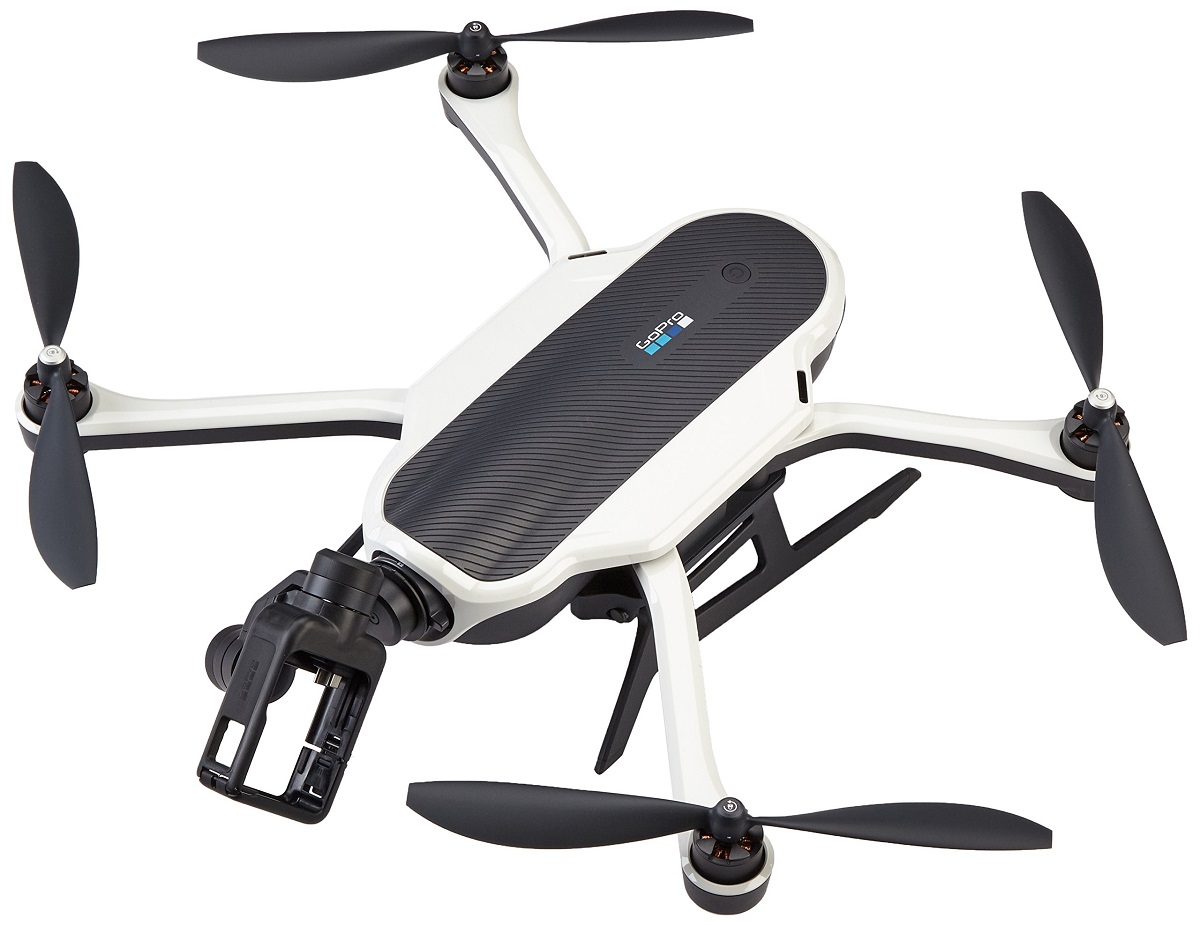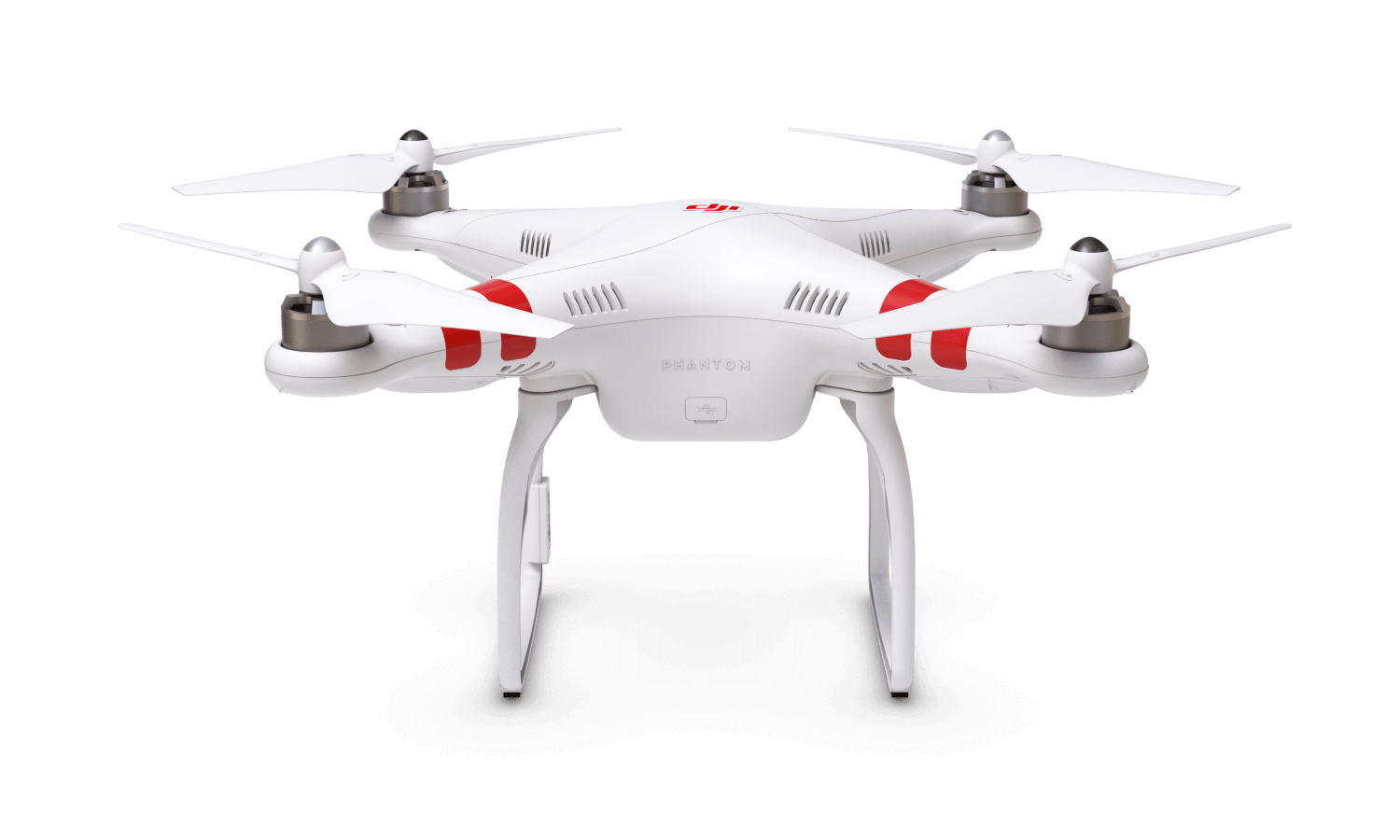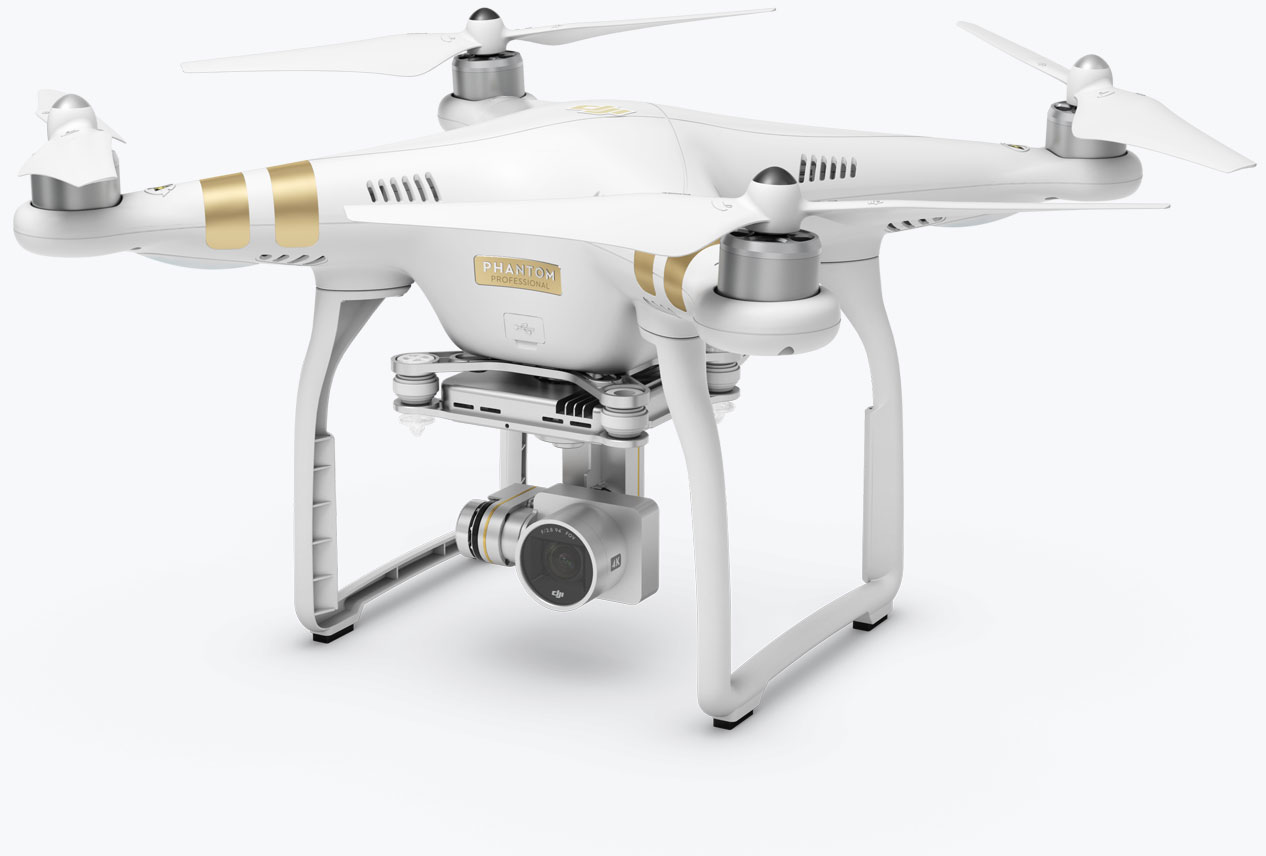Introduction
Welcome to the exciting world of drones, where innovation and technological advancements continue to revolutionize various industries. Among the many drone manufacturers that have emerged over the years, Lily Drone captured the imagination of consumers and enthusiasts alike with its groundbreaking features and promises.
Lily Drone made headlines when it announced its ambitious plans to create an autonomous drone that could follow and capture high-quality aerial footage without the need for manual control. The concept of a hands-free drone that could effortlessly capture stunning visuals from the sky seemed too good to be true.
As with any groundbreaking innovation, the journey of Lily Drone has been filled with challenges, delays, and unexpected twists. From the initial hype and excitement to the legal battles and eventual acquisition, the story of Lily Drone is a testament to the complexities of bringing a revolutionary product to market.
In this article, we will delve into the history of Lily Drone, explore the promises and hype surrounding the product, discuss the production and manufacturing delays that plagued its development, examine the legal battle that ensued, and finally, provide an update on the current status of Lily Drone.
Join us as we uncover the story behind Lily Drone and its quest to transform the way we capture aerial footage.
The History of Lily Drone
The story of Lily Drone begins in 2015 when the company introduced its revolutionary concept to the world. Co-founded by Antoine Balaresque and Henry Bradlow, Lily Robotics promised to create a drone that would make aerial videography accessible to everyone. This drone was designed to be user-friendly, portable, and capable of capturing stunning footage with minimal effort.
With an initial pre-order price of $499, Lily Drone quickly gained attention and managed to secure over $34 million in pre-orders within two months. The promise of a hands-free drone that could autonomously follow its owner while capturing high-quality footage generated a significant buzz in both the tech and consumer markets.
However, as excitement grew, so did skepticism. Many questioned whether Lily Drone could deliver on its promises. Nevertheless, the company continued to build momentum and showcased prototypes that demonstrated the drone’s tracking capabilities and advanced aerial photography features.
In 2016, things took a turn for the worse. Lily Drone announced that production would be delayed due to technical issues and manufacturing challenges. Disappointed customers started to question the company’s ability to fulfill their pre-orders, leading to frustration and uncertainty.
Despite the setbacks, Lily Drone remained committed to perfecting their product. However, internal struggles and financial difficulties hampered their progress. In early 2017, the company announced that it was shutting down and would not be able to fulfill its pre-orders.
This announcement sparked outrage and disappointment among customers who had eagerly awaited the delivery of their drones. Many demanded refunds, while others filed lawsuits against the company.
While Lily Drone’s journey seemed to have come to an abrupt end, its story was far from over. In the following sections, we will explore the production and manufacturing delays that plagued the company, the legal battles it faced, and the acquisition that breathed new life into the Lily Drone brand.
The Promises and Hype
One of the key factors that fueled the hype surrounding Lily Drone was the promises it made to revolutionize aerial videography. The company claimed that their drone would be the perfect companion for adventurers, photographers, and vloggers, offering a seamless and effortless way to capture stunning footage from the sky.
One of the standout features of Lily Drone was its autonomous tracking capability. The drone was designed to follow its owner, keeping them in the frame as they engaged in various activities. This hands-free functionality was a game-changer, allowing users to focus on their adventures while Lily Drone took care of capturing the action from above.
In addition to its tracking capabilities, Lily Drone boasted impressive camera specifications. The drone was equipped with a high-resolution camera that could capture 1080p video and 12-megapixel still photos. The footage captured by Lily Drone promised to be smooth, vibrant, and of professional quality.
Moreover, Lily Drone prided itself on its user-friendly interface. The drone was designed to be controlled through a smartphone app, allowing users to easily set up desired shots, adjust camera settings, and review captured footage. This simplicity and accessibility were major selling points, as it meant that even those lacking technical expertise could effortlessly operate the drone.
The concept of Lily Drone captured the imaginations of photographers, videographers, and adventure enthusiasts worldwide. The idea of a portable, autonomous drone that could capture stunning aerial footage with ease resonated with consumers who were eager to push the boundaries of their creativity. As a result, Lily Drone generated significant buzz and became one of the most anticipated drone releases of its time.
However, as we will explore in the following sections, the road to fulfilling these promises was far from smooth. Lily Drone faced numerous challenges that hindered its ability to meet the expectations set by its ambitious claims. From production delays to legal battles, the reality of bringing such a revolutionary product to market proved to be more complex than anticipated.
Production and Manufacturing Delays
Although Lily Drone initially generated excitement and secured millions in pre-orders, the journey from prototype to production turned out to be much more challenging than anticipated. The company faced numerous obstacles and setbacks that led to significant delays in delivering the product to customers.
One of the main issues that plagued Lily Drone was the difficulty in perfecting the drone’s autonomous tracking system. The technology required for the drone to effectively track its owner’s movements in real-time proved to be more complex than originally envisioned. Achieving reliable and accurate tracking capabilities took longer than anticipated, causing delays in the overall production timeline.
In addition to the technical challenges, Lily Drone also encountered manufacturing obstacles. As demand for the drone increased, the company struggled to scale up production to meet the pre-order demands. Issues with the supply chain and sourcing of components further delayed the manufacturing process, frustrating both customers and the company itself.
Furthermore, Lily Drone faced financial difficulties that compounded the production delays. As the challenges continued to mount, the company found itself in a precarious financial situation, making it challenging to allocate the necessary resources to overcome the obstacles and speed up production.
Despite its best efforts to overcome these hurdles, Lily Drone ultimately failed to deliver on its promises. In early 2017, the company announced its decision to shut down, leaving many disappointed customers without the drone they had eagerly awaited.
The production and manufacturing delays experienced by Lily Drone highlight the complexities involved in bringing a revolutionary product to market. While the initial hype and excitement surrounding the product generated significant pre-orders, the company underestimated the challenges they would face in translating their concept into a fully functional and mass-produced drone.
The next section will delve into the legal battles that arose from Lily Drone’s failure to deliver on its promises. Despite the setbacks, the story and legacy of Lily Drone did not end with its closure – it would be carried forward in an unexpected turn of events.
The Legal Battle
Following Lily Drone’s announcement that it would be unable to fulfill its pre-orders, customers who had eagerly awaited the delivery of their drones were left disappointed and frustrated. Many sought legal action against the company, sparking a series of lawsuits and a complex legal battle.
Customers filed lawsuits against Lily Drone, alleging breach of contract and deceptive marketing practices. They claimed that the company had failed to deliver the promised drones within the specified timeframe or provide adequate communication regarding the delays and eventual shutdown.
One of the key issues in the legal battle was the question of whether Lily Drone had knowingly misled customers with false promises and unrealistic delivery timelines. The plaintiffs argued that the company had engaged in deceptive marketing practices to secure pre-orders, leading customers to believe that the product was near completion and would be delivered as advertised.
The legal battle surrounding Lily Drone also highlighted the broader issues surrounding crowdfunding campaigns and pre-order models. It brought into question the responsibility of companies to fulfill their promises and the potential risks faced by consumers when investing in products that are still in the developmental stage.
As the lawsuits progressed, Lily Drone faced mounting legal challenges and financial burdens. However, an unexpected turn of events would offer a glimmer of hope for the future of the company.
In 2017, the Mota Group, a technology company specializing in consumer electronics, announced its acquisition of Lily Drone. The acquisition brought new resources and expertise to revive the troubled brand. Mota Group pledged to fulfill the outstanding pre-orders and re-launch the product.
The legal battle that emerged from Lily Drone’s failure to deliver on its promises serves as a cautionary tale for both companies and consumers. It underscores the importance of transparency, communication, and realistic expectations when introducing innovative products to the market. Ultimately, the legal proceedings would play a significant role in shaping the outcome of Lily Drone’s future.
Next, we will explore the acquisition by Mota Group and the subsequent developments that have unfolded, shedding light on the current status of Lily Drone.
The Acquisition by Mota Group
In the midst of legal battles and uncertainty, Lily Drone found a lifeline in the form of an acquisition by the Mota Group. In 2017, Mota Group, a technology company focused on consumer electronics, announced its decision to acquire Lily Drone and revive the brand.
The acquisition by Mota Group brought newfound hope for both Lily Drone and its disappointed customers. The Mota Group pledged to fulfill the outstanding pre-orders and make the long-awaited drone a reality for those who had placed their trust in the original concept.
With its acquisition, Mota Group was able to bring fresh resources, expertise, and a renewed commitment to delivering a quality product to market. The company aimed to address the technical challenges that had plagued Lily Drone and refine the drone’s features to meet the expectations of consumers.
Under the new ownership, efforts were made to re-engineer and enhance the drone’s capabilities. The Mota Group invested in research and development to improve the autonomous tracking system and ensure a seamless user experience. This commitment to innovation was aimed at creating a product that not only met the original promises but also exceeded customer expectations.
As part of the acquisition, Mota Group was also dedicated to establishing clear and open lines of communication with customers. The company worked to provide regular updates on the progress and addressed customer concerns to rebuild trust and confidence in the brand.
While the acquisition by Mota Group breathed new life into Lily Drone, it also marked a transition for the brand. The Mota Group aimed to not only fulfill the pre-orders but also position Lily Drone as a leading player in the consumer drone market. The company had ambitious plans to expand the product line and introduce new features and innovations to stay ahead of the competition.
Since the acquisition, the reinvigorated Lily Drone has been working diligently to deliver on its promises and regain the confidence of its customer base. While setbacks and delays have undoubtedly tested the patience of pre-order customers, the acquisition has provided renewed hope for the successful resurrection of the company.
The next section will provide an update on the current status of Lily Drone, shedding light on the significant developments that have taken place since the acquisition by Mota Group.
Current Status of Lily Drone
Following the acquisition by the Mota Group, Lily Drone has made strides towards fulfilling its promises and rebuilding its reputation. The company has been focused on addressing the technical issues that caused delays and improving the overall performance of the drone.
Lily Drone has been actively engaging with its customer base, providing regular updates on the progress made in the development and manufacturing process. These updates have been crucial in rebuilding trust and keeping customers informed about the status of their pre-orders.
The dedicated team at Lily Drone has been working tirelessly to refine and enhance the drone’s features. The focus has been on improving the autonomous tracking capabilities, ensuring smoother and more accurate performance. Additionally, efforts have been made to enhance the camera quality and optimize the user experience to deliver the best possible results.
One of the key milestones achieved by Lily Drone is the successful completion of additional rounds of testing. These tests have allowed the company to validate and fine-tune the drone’s performance, ensuring that it meets the high expectations of customers who have been waiting patiently for their pre-orders to be fulfilled.
Furthermore, Lily Drone has been transparent about the challenges it has faced and the steps taken to overcome them. By openly addressing the issues, the company aims to regain the trust and confidence of its customers while providing reassurance that the product is being thoroughly developed and improved.
The current status of Lily Drone is marked by optimism and a commitment to delivering a quality product. While customers who placed pre-orders have experienced delays and uncertainty, the company remains dedicated to fulfilling those orders and ensuring that users will soon have their hands on the much-anticipated drone.
Lily Drone has set its sights on the future, with plans to expand its product line and introduce new features and innovations. The ultimate goal is to establish Lily Drone as a leading player in the consumer drone market, providing users with an exceptional aerial photography experience.
As the company continues to progress towards fulfilling its promises, it remains important for customers to stay updated through official channels and to be patient as Lily Drone works to finalize the development and manufacturing process.
In summary, Lily Drone has made significant strides since its acquisition by the Mota Group. With a renewed focus on technical improvements, transparent communication, and a commitment to fulfilling pre-orders, the company is working diligently to deliver on its promises and regain the trust of its customer base.
Conclusion
The journey of Lily Drone has been a rollercoaster ride, filled with excitement, setbacks, and unexpected turns. From the initial promises and hype surrounding its autonomous tracking capabilities and high-quality aerial footage, to the production and manufacturing delays that hindered its progress, Lily Drone faced numerous challenges along the way.
However, despite these obstacles, Lily Drone has shown resilience and determination. The acquisition by the Mota Group injected new life into the brand and provided the resources and expertise needed to overcome the technical and financial hurdles that had plagued the company.
While customers who placed pre-orders experienced frustration and disappointment, Lily Drone has been actively working towards fulfilling these orders and improving the performance of the drone. Through open communication and transparency, the company has aimed to rebuild trust and confidence in the brand.
The story of Lily Drone is a reminder of the complexities involved in bringing a revolutionary product to market. It underscores the importance of realistic expectations, effective production and manufacturing processes, and transparent communication throughout the development journey.
As Lily Drone continues to make progress and refine its product, it is important for customers to remain patient and stay informed through official channels. The dedication and commitment shown by the company suggest that it is determined to deliver a quality drone that lives up to the initial promises and surpasses customer expectations.
The future of Lily Drone is yet to be fully realized, but it holds the potential to become a significant player in the consumer drone market. The lessons learned from its history and the resilience demonstrated in the face of adversity will undoubtedly shape the path forward.
In conclusion, the story of Lily Drone is one of hope, challenges, and the pursuit of innovation. With the backing of the Mota Group and a renewed focus on delivering a quality product, Lily Drone has the potential to soar to new heights and provide users with an exceptional aerial videography experience.







